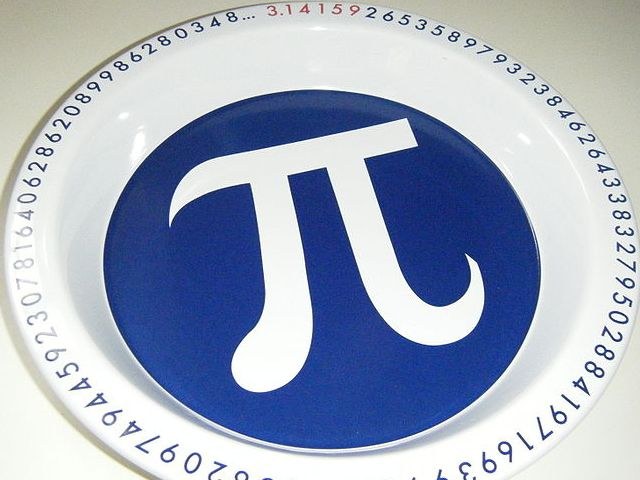You will need
- a pair of compasses;
- - the range;
- pencil;
- - thread.
Instruction
1
Draw on paper with a compass a circle of arbitrary diameter. Swipe with a ruler and pencil through the center of the segment connecting two points located on the line of the circle. A ruler to measure the length of the resulting cut. For example, the diameter of the circle in this case is equal to 7 centimeters.
2
Take the thread and place it along the length of the circumference. Measure the resulting length of the thread. Let it be equal to 22 centimeters. Find the ratio of the length of the circumference to the length of its diameter - 22 cm : 7 cm = 3,1428.... Round the resulting number to two decimal places (3,14). It turned out a familiar number "PI".
3
To prove this property of a circle you can using a Cup or glass. Measure their diameter with a ruler. Wrap the top of the dish with a thread, measure the resulting length. Dividing the length of the circumference of the Cup for the length of its diameter, you will also get the number "PI", making thus this property of the circleopened by Archimedes.
4
Using this property, you can calculate the length of any circumference along the length of its diameter or radius by the formula:C = 2*p*R or C = D*p, where S - length of the circumference, D is the length of its diameter, R is the length of its radius.To find the area of a circle (plane bounded by the lines of the circle) use the formula S = π*R2, if you know the radius or the formula S = π*D2/4, if you know its diameter.
Note
Did you know that fourteenth of March, for more than twenty years, the Day of "PI"? It is an informal holiday of mathematicians devoted to this interesting number, which currently involves a lot of formulas, mathematical and physical axioms. Came up with this holiday American Larry Shaw, who noticed that in the day (3.14 in the system of recording dates in the USA) was born the famous scientist Einstein.
